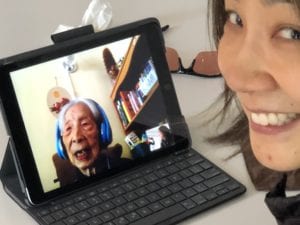On a crisp fall morning, I arrived at a construction site in Dallas, TX where clusters of people wearing matching t-shirts, hard hats, and safety goggles, were preparing for the main event. We had each responded to a call for volunteers to join Habitat for Humanity, with a goal to transform wood and bricks and nails and concrete from raw materials into a cherished home.
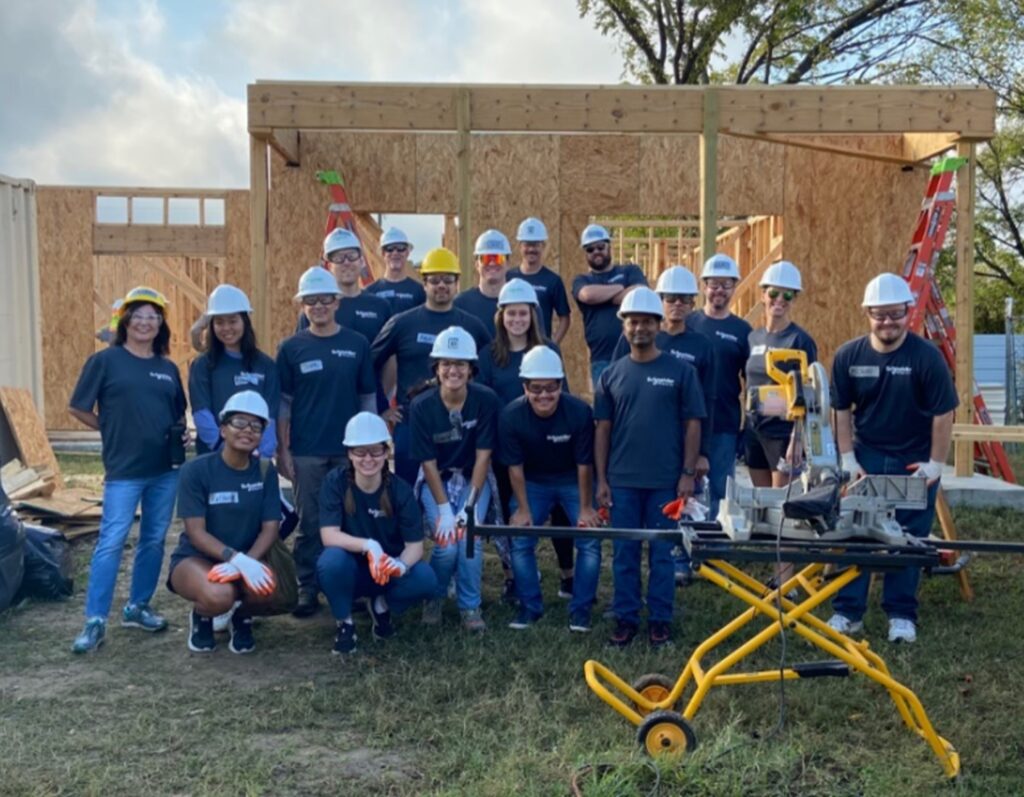
Why Habitat?
Habitat for Humanity’s vision is a world where everyone has a decent place to live. That speaks to my heart, and isn’t that why many of us volunteer? We want to share our time, talents, and hard work for the betterment of others. The mission of Habitat for Humanity is to bring people together to build homes, communities, and hope. Every year, Schneider contributes $3.5 million in cash and product to Habitat for Humanity. Future homeowners purchase the house with the benefit of zero percent mortgages. Plus, they donate 300 hours of their own time in work known as “sweat equity”.
A community in progress
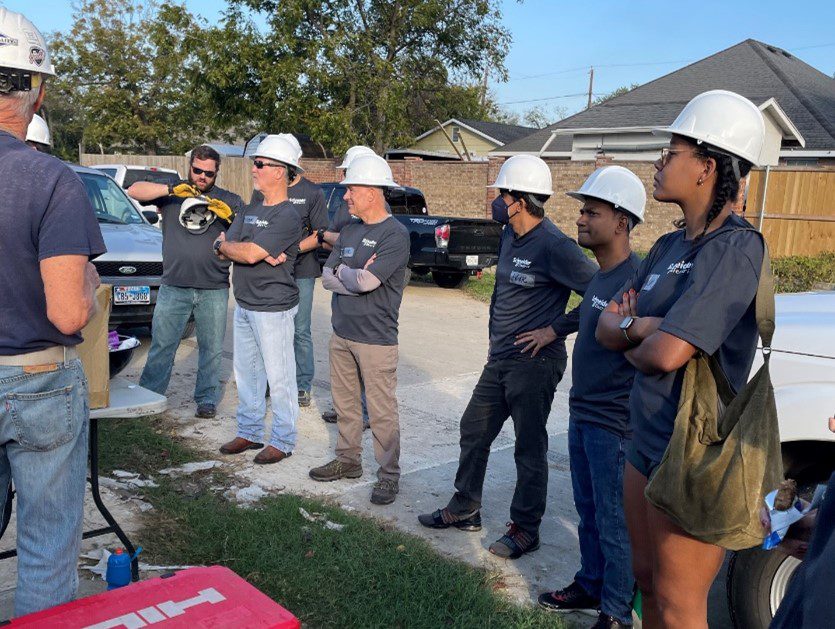
The site had 10 homes in progress. Habitat volunteers, with backgrounds in everything from electronics to insurance, trained our group of Schneider Electric employees by sharing safety rules for ladders and power tools, along with other helpful tips.
Trust and trusses
Our work began with a task to lay a foundation for the roof of “our” house — which already had a concrete floor and frame.
A stack of pre-assembled wooden trusses — large wooden triangles that make up the foundation of roof — lay 50 yards from the house. On one side of the stack, a volunteer disconnected one truss at a time from the stack.
On the other side of the stack, a volunteer carefully made a mark exactly 17 ½ inches from the end of the plank, creating a guide for the roof overhang.

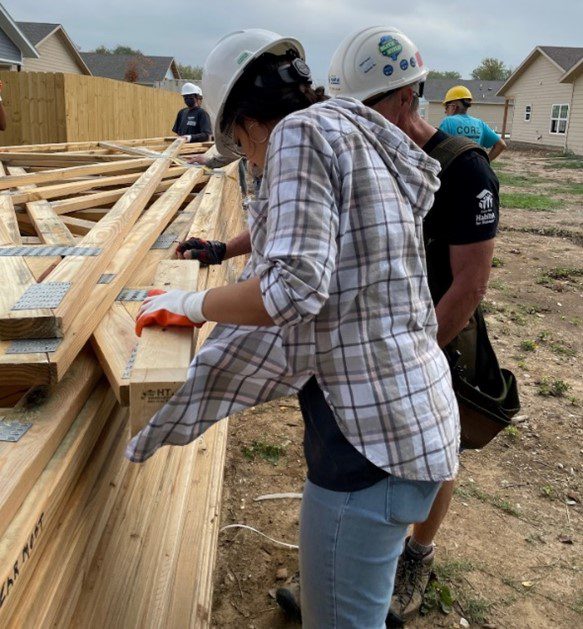
For a project like this, communication is vital, but there’s something else that makes Habitat for Humanity hum — trust. I saw it everywhere I turned. There’s an immediate sense of trust when Habitat leaders delegate tasks. People who have never worked together unite quickly to accomplish a common goal. And that’s how the roofs get raised — literally.
When the trusses are ready, a group assembles to lift the trusses.
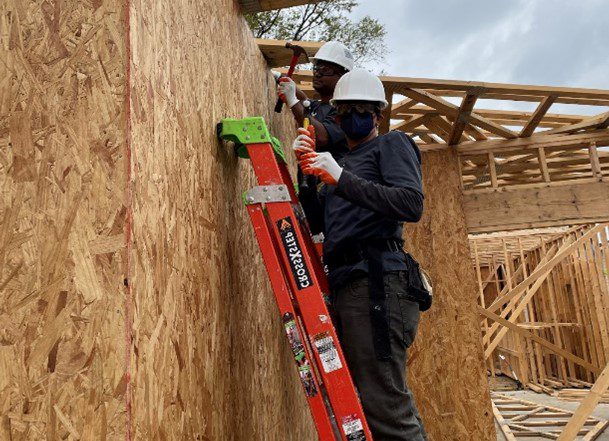
If I had a hammer
Next, the team placed siding on the framed home, along with a variety of other duties. I nailed metal brackets called hurricane clips at the intersection of the truss and the house frame. These simple clips help homes withstand the powerful winds caused by hurricanes and tornadoes.
The value of volunteering
Contributing my own sweat equity to a Habitat project is a perk that comes with working at Schneider Electric. Only six weeks into my job, I took the opportunity to participate. I was grateful for the supportive response I got from my manager when I told him I had signed up. And I’m excited to continue volunteering my sweat equity for those in need.
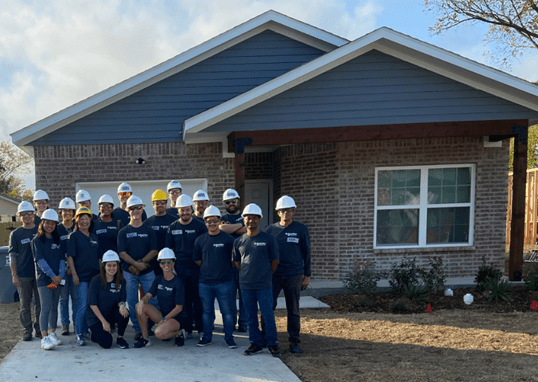
Great People make Schneider Electric a Great Company.
Join Us where you have a meaningful purpose in an inclusive and empowering environment.
Connect with Schneider Electric in our careers portal.
About the Author
Irene Clark is the Internal Communications Manager for North America at Schneider Electric. Irene is an experienced communicator with more than 25 years’ experience in the aviation industry including American Airlines and Dallas Fort Worth International Airport. Her strong interests in digital transformation and sustainability led her to Schneider Electric.
Irene has served in leadership positions in both the communication arena and training & development. In addition to internal and executive communications, her areas of expertise include change management, employee engagement and mentoring.


